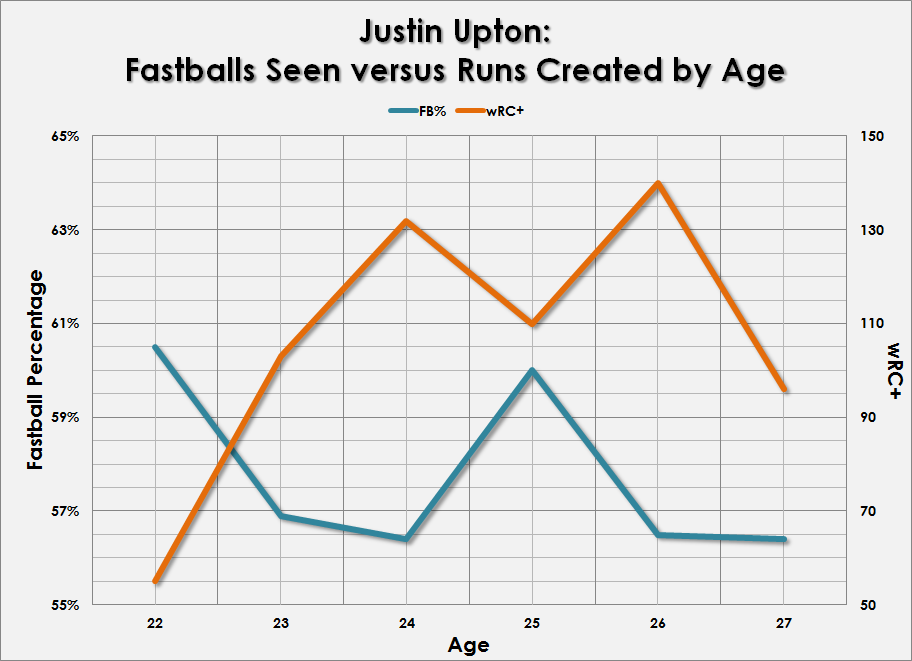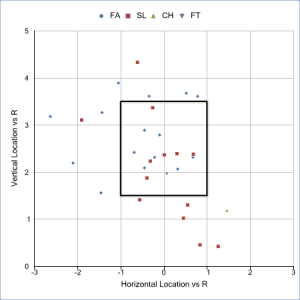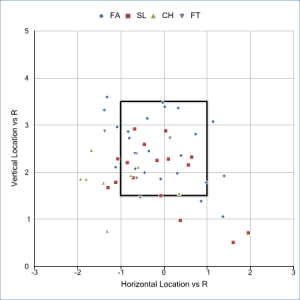- 1,981
- 163
- Joined
- Jun 15, 2005
Lol @ Stanton breaking the scoreboard...
Follow along with the video below to see how to install our site as a web app on your home screen.

Note: this_feature_currently_requires_accessing_site_using_safari
Originally Posted by dland24
Oh yeah thats right. I commented on the hats being hideous.








Huh? David Wright only had real injury problems last year he has played 140 games every year of his career aside from that.Originally Posted by madj55
Ryan Zimmerman might be more fragile than David Wright, scratched from the lineup 45 minutes before first pitch..

Zimmerman has been better for three consecutive seasons up until this one, and has yet to hit his prime. Not exactly outrageously hilarious to have called him better.Originally Posted by airmaxpenny1
Huh? David Wright only had real injury problems last year he has played 140 games every year of his career aside from that.Originally Posted by madj55
Ryan Zimmerman might be more fragile than David Wright, scratched from the lineup 45 minutes before first pitch..
I remember when people on here swore to me Zimmerman was better than David

Wow didn't realize that, seemed to me that whenever we played the Mets that Wright wasn't on the field. And I still believe that Zimmerman is better than Wright.Originally Posted by airmaxpenny1
Huh? David Wright only had real injury problems last year he has played 140 games every year of his career aside from that.Originally Posted by madj55
Ryan Zimmerman might be more fragile than David Wright, scratched from the lineup 45 minutes before first pitch..
I remember when people on here swore to me Zimmerman was better than David
Originally Posted by Kevin Cleveland
I'm about ready to see him get traded for Peter Bourjos straight up.



Originally Posted by abovelegit1
Originally Posted by Kevin Cleveland
I'm about ready to see him get traded for Peter Bourjos straight up.
-Another 9 K's for Gio, dude is absolutely dominating NL hitters. That hammer�
Edit: Not sure how long it'll last on youtube, but I thought I'd share this vid - was linked through espn. This at-bat may well have been the zenith of the steroids era.

DoubleJs07 wrote:
Brian Roberts to begin a conditioning assignment in AA Bowie....
Not sure what's gonna happen w/ him, but that's a great first step.
I still don't understand how he, Justin Morneau, & Sydney Crosby missed so much time & had so much trouble post concussion & NFL players can come back either the following week or only miss 1 week. It's a shame too because B Rob was on his way to being a star. Hope he comes back strong.
Anyone else feel sorry for King Felix toiling away in Seattle? Dude is having a monster career & no one knows about it. The team isn't going anywhere either. Shame about him & Ichiro (even though he's not having the best year)...
I still don't understand how he, Justin Morneau, & Sydney Crosby missed so much time & had so much trouble post concussion & NFL players can come back either the following week or only miss 1 week. It's a shame too because B Rob was on his way to being a star. Hope he comes back strong.Originally Posted by psk2310
DoubleJs07 wrote:
Brian Roberts to begin a conditioning assignment in AA Bowie....
Not sure what's gonna happen w/ him, but that's a great first step.
Originally Posted by gangsta207therevolution
I still don't understand how he, Justin Morneau, & Sydney Crosby missed so much time & had so much trouble post concussion & NFL players can come back either the following week or only miss 1 week. It's a shame too because B Rob was on his way to being a star. Hope he comes back strong.Originally Posted by psk2310
DoubleJs07 wrote:
Brian Roberts to begin a conditioning assignment in AA Bowie....
Not sure what's gonna happen w/ him, but that's a great first step.
Anyone else feel sorry for King Felix toiling away in Seattle? Dude is having a monster career & no one knows about it. The team isn't going anywhere either. Shame about him & Ichiro (even though he's not having the best year)...


